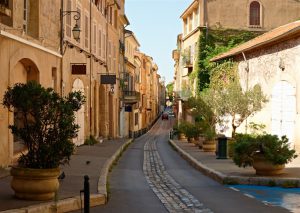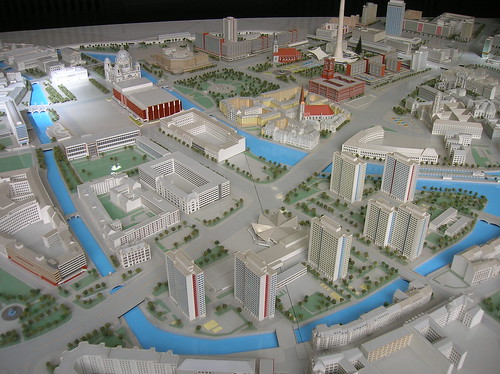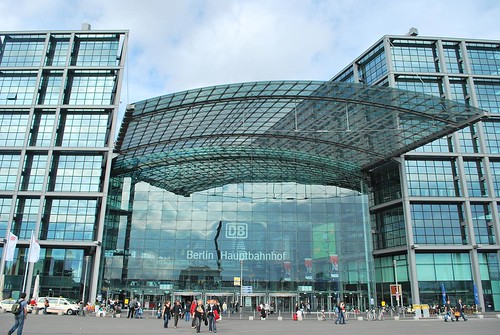Berlin is the largest city in Germany. Located in the north eastern part of the country, the population is a staggering 3.5 million people. Although we imagine big cities to be nothing but concrete jungles, Berlin has made an effort to be green and this is proven by the many parks, lakes and gardens.
These are also major attractions for any visitors to the area so how would you fare at driving in the large city?
We have put together our rough guide.
Driving in Berlin and The Umwelt Zone
Germans are very sensitive about environment issues. This has a fairly significant consequence for those who commute by car. Why? For a few years, all the largest cities have established special fees for an entry to the centre.
The environmental zone covers those areas of Berlin, which are located around the railway bypass on which the S-Bahn train runs (the so-called “Big Dogs Head”). Environmental zone boundaries, covering the bypass of S-Bahn, are clearly marked: appropriate traffic signs are placed before all the railway bridges and viaducts.
The environmental zone will not be part of the highway on the south of the city, which runs inside the bypass S-Bahn train. Traffic on this section of a motorway will not be subjected to restrictions as the urban motorway ring road is used to go around the zones.
You need a badge to enter the city centre designated as Umwelt Zone and these come in the form of a wind shield sticker.
How much is a badge enabling entry the city centre?
For cars registered in the EU, 29.90 Euro. The fee for not displaying the sticker will cost you 40 euro.
Tips for Driving and Parking in Berlin
In Germany, it is difficult to find parking for free. In Berlin, as well in any other city, there is a well- developed network of paid, public parking areas, access to which is marked already on the bypasses. Just follow the signs.
Guests of hotels and restaurants are in a better situation. Many of them are offered free parking. Some tourists’ spots require a surcharge for a place to park your car, otherwise inform where you can park nearby. Before departing on any trip, use the internet to find parking spaces in that area. This is going to save you a lot of time!
The Speed Limits
In Berlin, almost everyone respects speed limits: the most common- limit is 50 km / h, even when the road consist four roadways. As a result, there is almost no overtaking; thereby driving is a lot easier, and safer.
Useful Words
If you do not know German, prepare a small sheet with key words and phrases that may be useful when traveling. Here are some suggestions:
Ausfahrt – exit (for example from the highway)
Umleitung – detour
Baustelle – construction
Stau – traffic
Einbahnstraße – one-way street
Parken verboten – no parking area
Parkhaus – Parking
Tankstelle – gas station
Zentrum, Stadtsmitte – city centre
Source Car leasing suppliers in Germany
(Photos from Flickr – Please send photo for photographer details)



